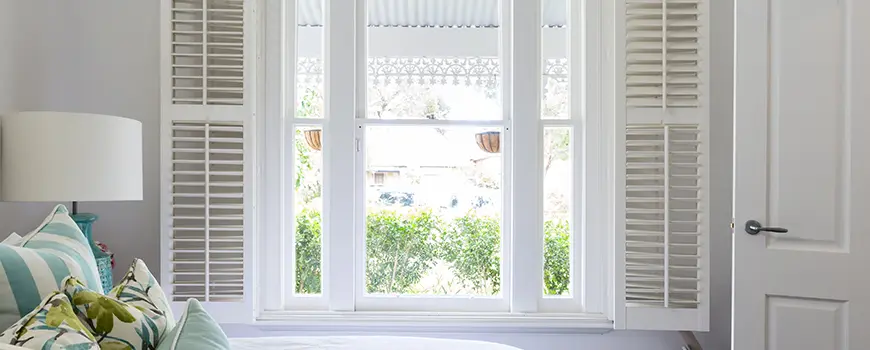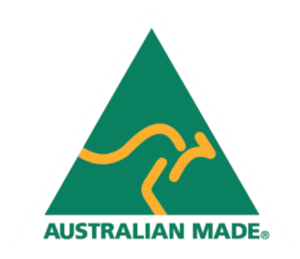
Buying shutters for your home is no small investment and while you may have some idea about the look you are wanting, how can you be sure that you are getting your money’s worth. Shutters come in such a wide variety of styles and materials, not to mention price ranges, that to the untrained eye it can be difficult to make a choice.
Unless they are in the shutter business, how is the average homeowner supposed to know or understand why one shutter cost twice as much as another. Well, it takes years of experience to fully understand all the little differences the account for one shutter being pricier than another but this short guide to buying shutters is a good place to begin to gain an appreciation for what you need to look for when buying shutters for your home.
One of the best ways to assure you are buying the right shutters for your home is to find the right supplier to buy from. If your shutter supplier is well established with a good reputation the odds are, they are selling quality products and have a good installation team.
Research the company and read their reviews with an eye towards four main areas of concern.
Experience- Avoid new companies who haven’t established a track record in the industry. If they weren’t there yesterday, they may not be there to stand behind their work tomorrow.
Custom made shutters– Mass-produced shutters are never top quality. Your supplier should build each shutter to the exact measurements of your home.
Warranty- If a manufacturer doesn’t have enough confidence to stand behind their product and their installers workmanship then it is a safe bet you probably shouldn’t trust them either.
Qualified installation team doing the work- This is the area that generates the most complaints in the shutter industry. Even quality shutters will not perform well and last if they are not properly installed. Pay special attention to customer reviews and complaint forums regarding workmanship.
Once you have found the right shutter supplier to work with the battle is half won. They should walk you through the process of picking they proper shutters for your location and intended purpose. However, remember the finale choices are yours to make. Below is a list of things you may want to keep in mind when weighing your options. All of these questions may not apply to your particular situations but they should give you a good idea of what to be most concerned over.
Do the shutters fit your home’s climate and location?
Where you live is a major consideration in choosing shutters. Some materials are moister and humidity sensitivity. Others are more prone to corroding in the salt air. Depending on your location you may even need to check a shutters cyclone rating.
Are the shutters for outdoor or indoor use?
Some materials are suitable for both the outside or inside use. Aluminium as an example. Others, like wood, aren’t suitable for the high humidity and harsh conditions found outdoors or for use in areas such as bathrooms or behind kitchen sinks.
What environmental impact do they have?
If you are concerned about climate change You may want to be careful about the shutters you buy. Check out the manufacturer’s environmental record to see if they are producing shutters in a sustainable way.
Are the shutters non-toxic?
If you have pets, children or are concerned with your own health this should be a major consideration. There is any number of cheap powder-coated aluminium and toxic PVC shutters available on the market. Even some of the finishes used on wooden shutters can emit toxic fumes. If you are buying PVC shutters, verify they are certified as toxic emission free. If you are buying wooden shutters make sure they are finished with lead-free paints or non-toxic varnishes.
How are the corners joined?
Many shutter manufacturers short cut their construction process by simply screwing the stile to the rail. This is the cheapest and fastest way to build shutters but not the strongest. mortise and tenon joints or through tenon joints are much more complicated to produce but are considerably stronger. To make sure your new shutters will last make sure proper joinery techniques are used.
Is the shutters hardware top shelf?
The hardware is all the little pieces that keep your shutters together, in place and working properly. Your shutters could be made from the very best non-toxic, environmentally friendly materials known to man but if they are constructed and hung with cheap hardware, they will not last. Beyond this, the quality of the hardware a company uses is a strong indicator of the quality of the company itself.
What are the casement options?
You’ve decided on the style, colour and proper material for your new shutters. Now, you have one more decision to make. That is on your casement or framing options. To an extent, this will be decided by how you want your shutters to function. Hinged panels, bi-fold, sliding or permanently fixed are the most popular choices but depending on your imagination and skill of the shutter installation team the possibilities are almost endless.

Opening Hours:
| Monday - Thursday | 8:00am - 4:00pm |
| Friday | 8:00am - 2:00pm |
